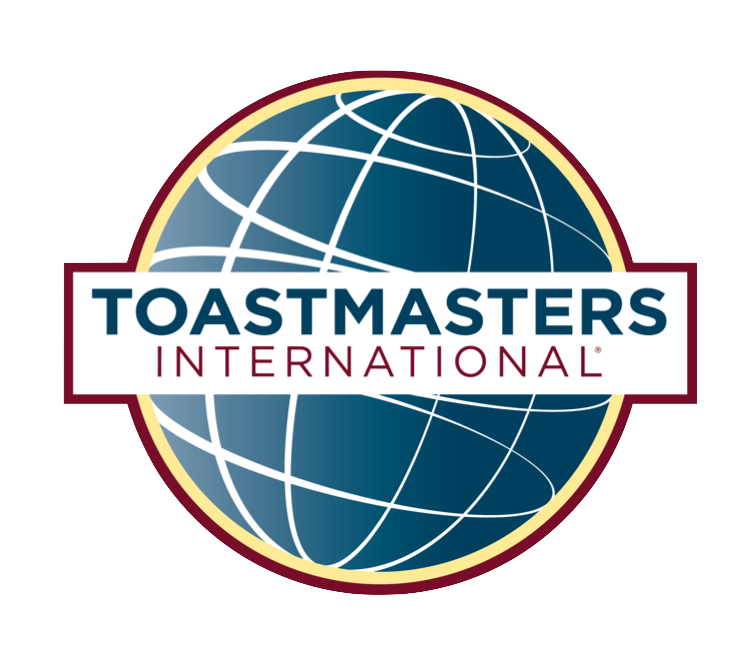
Networking Tips
Article by Leesa Barnes, Career Consultant - Appeared in the Globe and Mail on June 17, 2005 - 'One Veteran Discovers That The Real Benefits Come From How Well You Follow Up'. Lessa was also interviewed for another networking article in Toronto Sun published on August 10, 2005
Early in my networking life, I treated it like a sport. I would score a point for every business card I collected, bounce from person to person like a point guard and admired my stack of cards like personal trophies in a trophy case. Weeks later, I would pick up those business cards and shuffle through them in utter confusion, wondering who these people were and why they should be important to me. I soon learned that, while networking is about building relationships and helping others as well as yourself reach personal and professional goals, the real results come from how well you follow up with people and ask for what you need. Here are some techniques I've discovered that can be used to follow up for the best results.
Treat Business Cards Like $100 Bills
Many people make the mistake of thrusting their business cards into someone's hands before they even know the person's name. I don't. Instead, I ask questions. Only if there's a mutual benefit to develop the relationship do I exchange cards. I treat my own business cards like $100 bills. I take only about 10 cards with me to any networking event. Doing this forces me to "spend" each business card wisely.
Remember Something Special About Everyone
A man I met just before the Christmas holidays at a networking event mentioned his upcoming Valentine's Day wedding. I didn't see him again until the spring but I recalled his nupitals and asked about the wedding. He was surprised that I even remembered. More importantly, my good memory resulted in a job lead. One strategy to help remember special things: Write down four things about the person on the back of the business card you collect - the date you met, the place you met, an action you need to take and something interesting stemming from your conversation.
Three Strikes And You're Out
I only try to contact a person three times before giving up. For my first follow-up, I always use emails and send it within 24 hours of meeting a person. I say how nice it was to make their acquaintance and remind them what event we met at. Then, I recount something humourous or special about our conversation. I end the email with an action item for my lead to follow up on. It might be arranging a meeting date or reminding him or her to send me a report we were chatting about. A week later, if I haven't received a response to my email, I follow up with a phone call. Before I call, I always write a script. That way, I can leave a brief and succinct message. the last thing I want to do is ramble on about the weather. About two weeks after that, I send my lat email. If, after this third attempt, I don't get a response, I consider the lead to be cold. At that point, I expend my energy on relationships that show more potential for profitable response.
Forgive And Forget
Do you remember how you felt when someone took one month to answer your email? You were probably upset, feeling as if you were brushed off. Put those feelings aside. Remember that other people have more and more on their plates. Most people will do what they need to according to their own priorities, so patience is the key. When someone finally connects with me, I don't look to how long it took them to get back to me. Rather, I focus on being positive and cheerful. I gush about how glad I am that we're finally connecting and I get to the reason why I wanted to chat in the first place. Insted of wasting energy fuming over what wasn't, focus on the fact that you have the person's attention now.
Continue To Build Rapport
Every couple of months, I send leads something that relates to their interests and hobbies, whether it's a website address where they'll find interesting information or an article likely to appeal to them. I also try to remember an upcoming milestone in their life. My goal is to share in their personal successes to continue building a relationship. Learning how to network effectively is a useful skill. But knowing how to follow up is what has really helped open and close deals. Because I do it well, I never have to cold call. and I have built a network I can tap into when I need to. I'm no longer a point guard with very little direction. I'm now a star player with a game plan in hand.
Seven Brainless Networking Techniques to Avoid
- Being a Moocher - Don't tap into your network only when you need something. Be Willing to give.
- Being an Ankle Hugger - Don't latch on to one person at a networking event or rely on just one or two contacts.
- Being a Blabber - Develop a memorable way of introducing yourself.
- Being the Group Flirt - Don't flit from one group to another handing out business cards. Build relationships.
- Being a Narcissist - Talking about yourself turns others off.
- Being the Topic Killer - Avoid controversial topics.
- The Follow up Flop - Email interesting contacts within 24 hours of meeting them.